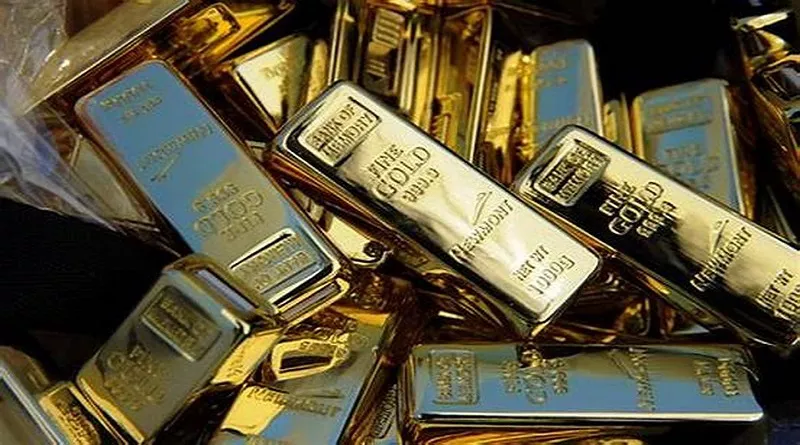Gold futures contracts are a popular investment vehicle for traders and investors looking to gain exposure to the precious metal market. These contracts provide an opportunity to buy or sell a specific quantity of gold at a predetermined price on a future date. As an essential aspect of these contracts, understanding the number of ounces involved is crucial for anyone interested in trading gold futures.
The Basics of Gold Futures Contracts
Gold futures contracts are standardized agreements traded on futures exchanges, such as the COMEX division of the New York Mercantile Exchange (NYMEX). Each contract represents a specific quantity of gold, and the price is determined based on market demand and supply factors.
The primary goal of trading gold futures contracts is to hedge against price fluctuations or speculate on future price movements. By locking in a specific price today for a future delivery of gold, participants can protect themselves from adverse price changes or take advantage of potential profits.
Gold Futures Contract Sizes
The standard size of a gold futures contract is 100 troy ounces. A troy ounce is a unit of measurement commonly used in precious metal trading, and it differs slightly from the avoirdupois ounce used in everyday life. One troy ounce is equivalent to approximately 31.1 grams, while one avoirdupois ounce is about 28.35 grams.
Therefore, when trading a single gold futures contract, the underlying asset is 100 troy ounces of gold. For example, if the current market price for gold is $1,800 per troy ounce, one gold futures contract would have a value of $180,000 ($1,800 per ounce * 100 ounces).
Mini Gold Futures Contracts
In addition to the standard-sized gold futures contracts, some exchanges offer mini gold futures contracts with smaller contract sizes. These mini contracts typically represent 50 troy ounces of gold, half the size of the standard contract. The mini gold futures contracts are designed to appeal to retail investors and traders who may not want to commit to the larger position size of a standard contract.
The mini gold futures contracts provide greater flexibility for those with limited capital or those who prefer to trade in smaller increments. They also allow investors to tailor their exposure to the gold market according to their risk tolerance and financial objectives.
Margin Requirements and Leverage
To trade gold futures contracts, participants are required to deposit an initial margin, which is a percentage of the total contract value. The margin serves as a performance bond and provides financial protection to the exchange in case of adverse price movements.
The leverage offered by gold futures contracts can amplify both potential gains and losses. Due to the relatively small margin requirement compared to the contract value, traders can control a substantial position with a relatively small upfront investment. While leverage can enhance potential profits, it also increases the risk of significant losses, especially in volatile market conditions.
Delivery and Settlement
Not all gold futures contracts result in physical delivery of the metal. In fact, the majority of contracts are settled in cash, where the price difference between the contract’s initial value and the market price at expiration is settled financially. This means that most traders close out their positions before the contract’s delivery date.
For those who do choose physical delivery, the process involves the transfer of the specified quantity of gold from the seller’s warehouse to the buyer’s designated location. This requires careful logistics and adherence to exchange rules and regulations.
Conclusion
Gold futures contracts are an essential tool in the precious metal market, providing investors and traders with opportunities to manage risk and seek potential profits. The standard gold futures contract represents 100 troy ounces of gold, while mini contracts offer smaller position sizes of 50 troy ounces.
Understanding the number of ounces involved in a gold futures contract is vital for participants to make informed decisions and effectively manage their exposure to the gold market. Traders should be aware of the leverage offered by these contracts and carefully consider their risk tolerance and financial goals.
Whether seeking to hedge against price fluctuations or speculating on future price movements, gold futures contracts offer a valuable mechanism for market participants to navigate the dynamics of the gold market effectively. As with any financial instrument, conducting thorough research and understanding the mechanics of gold futures contracts are essential to navigate the market successfully.

